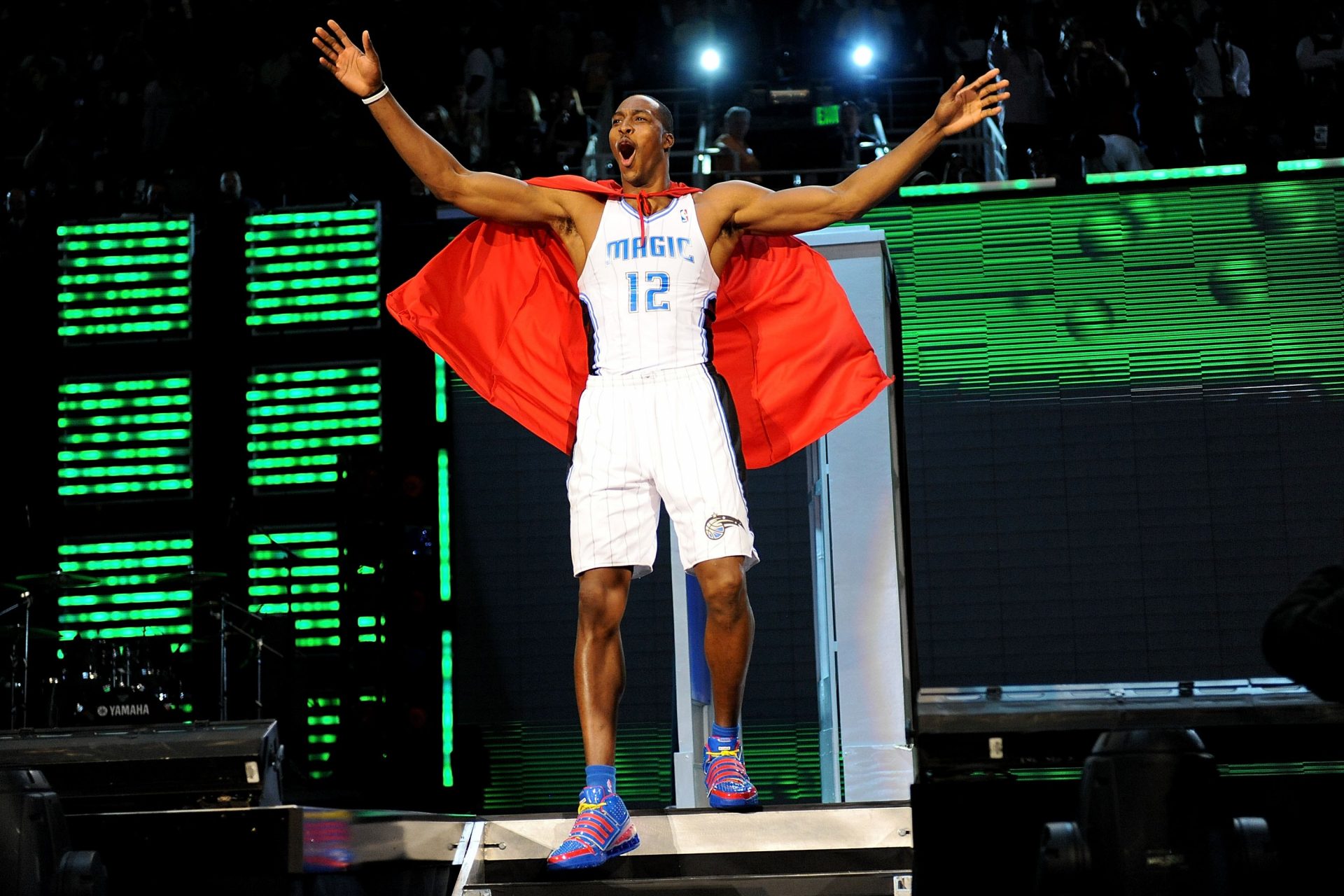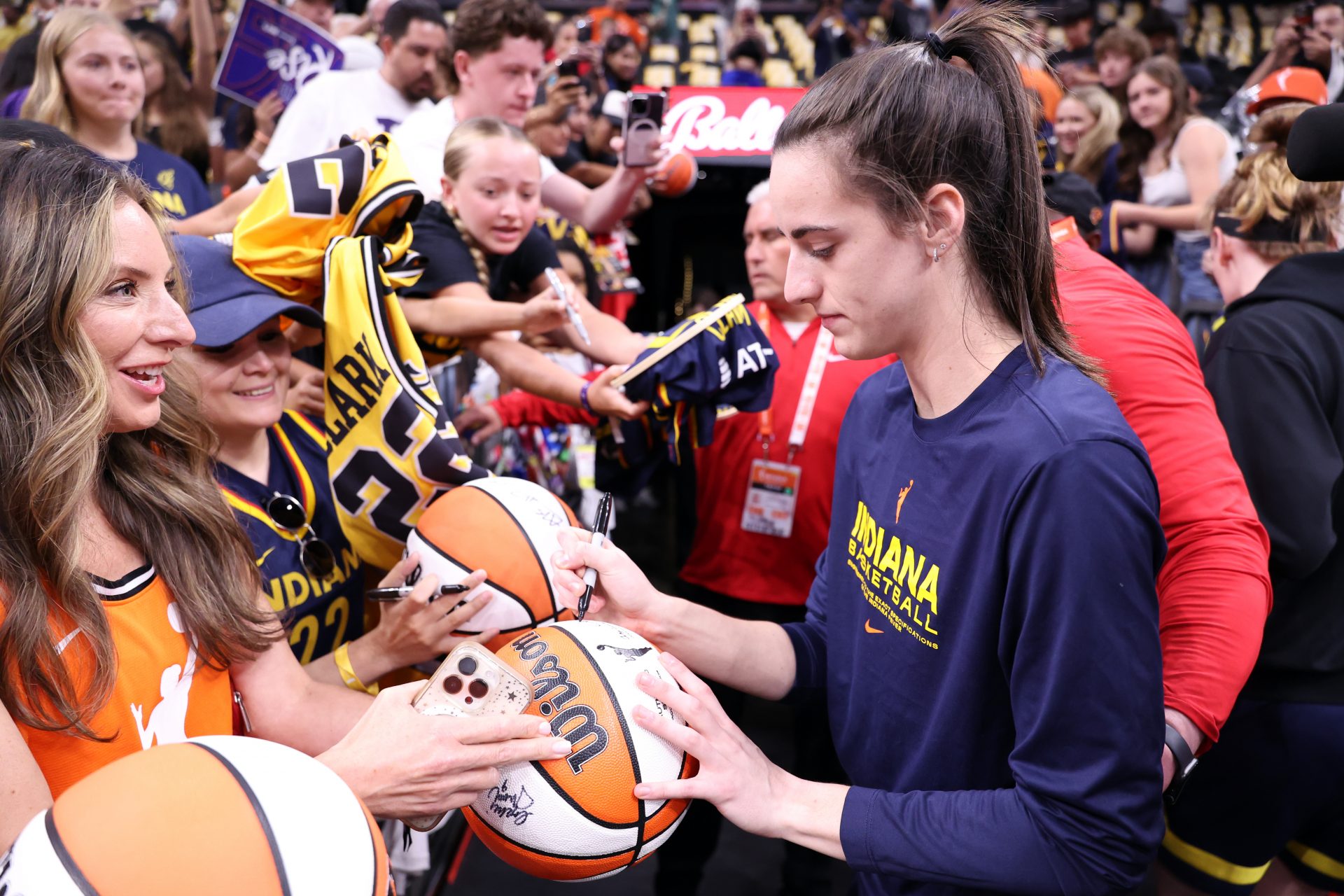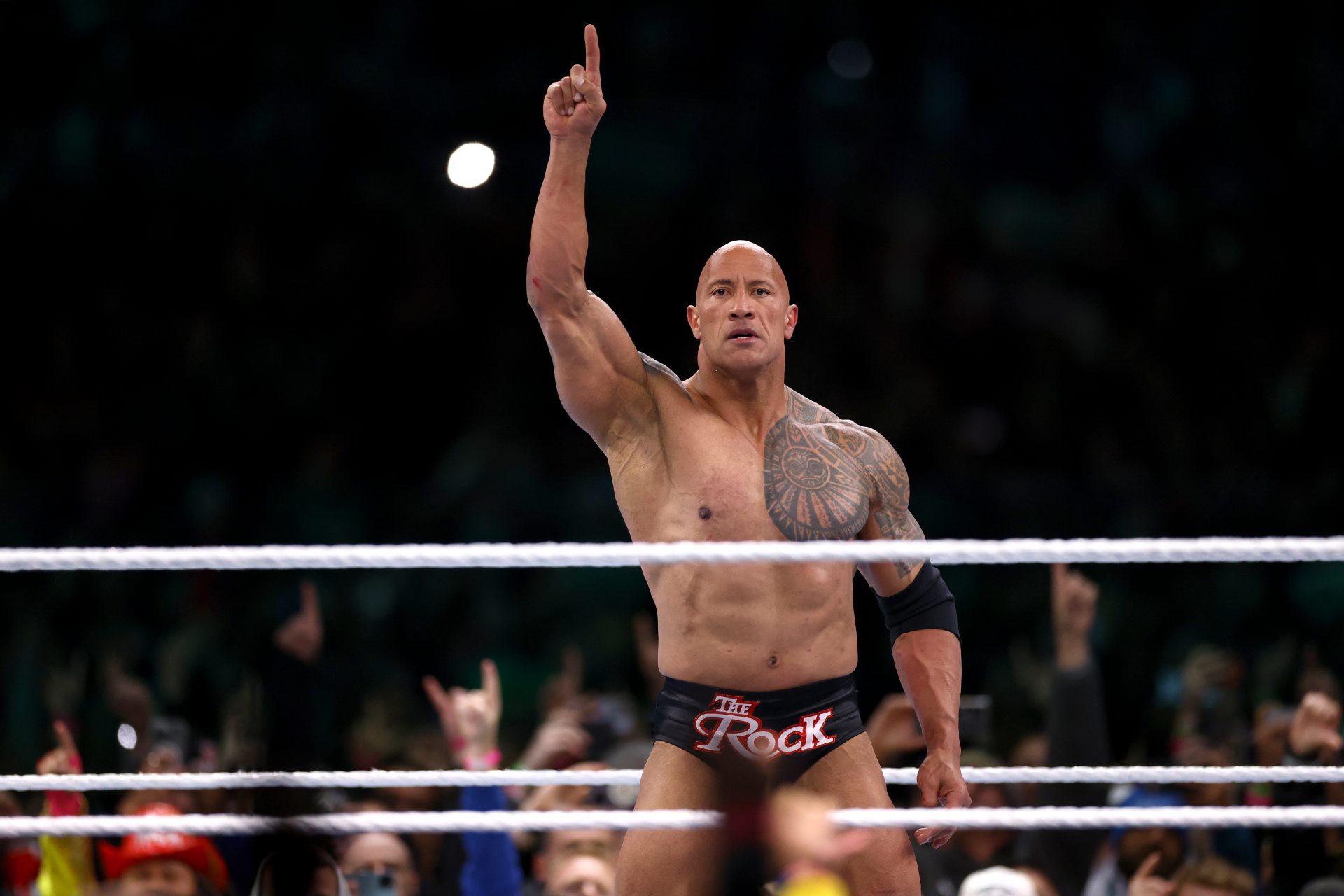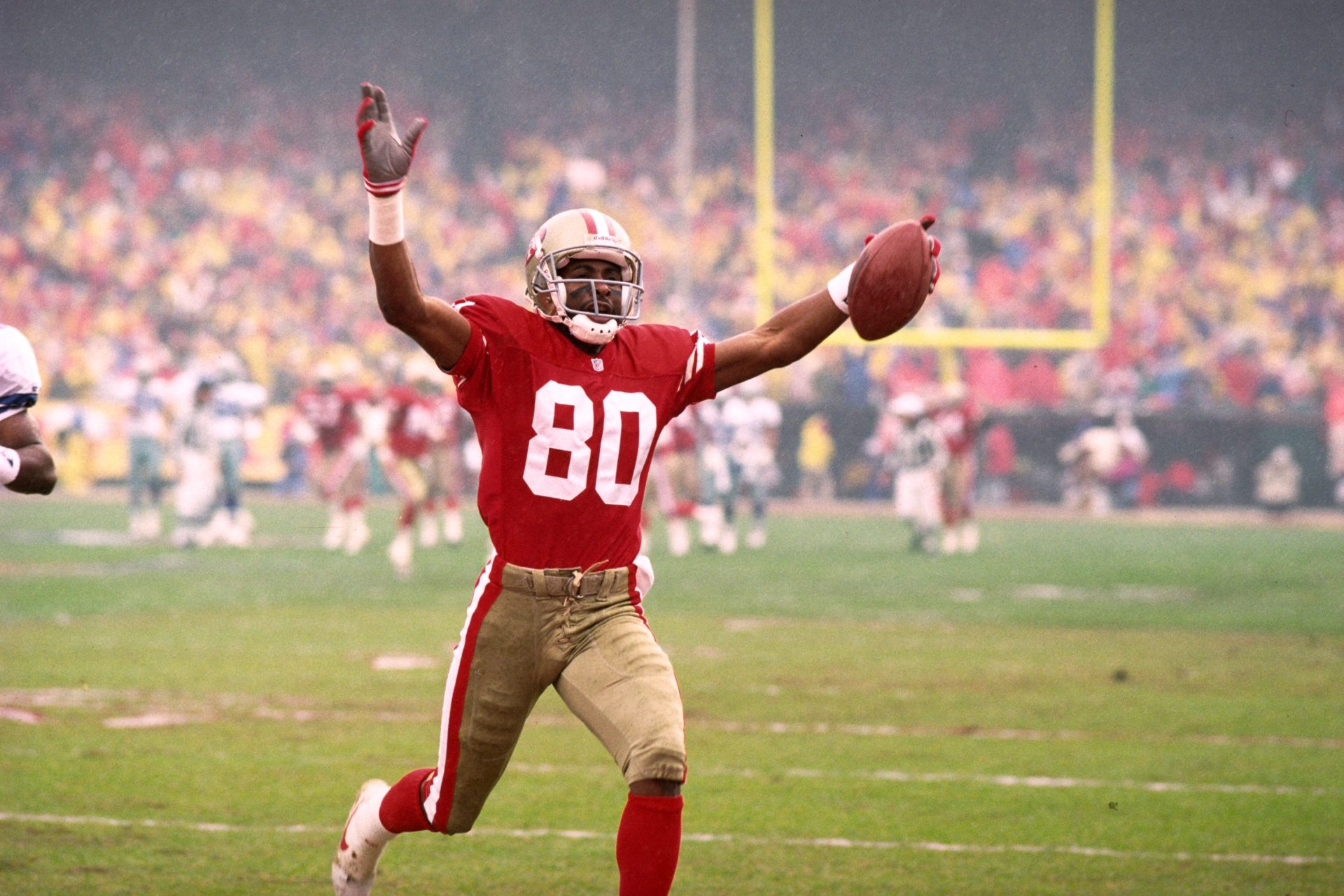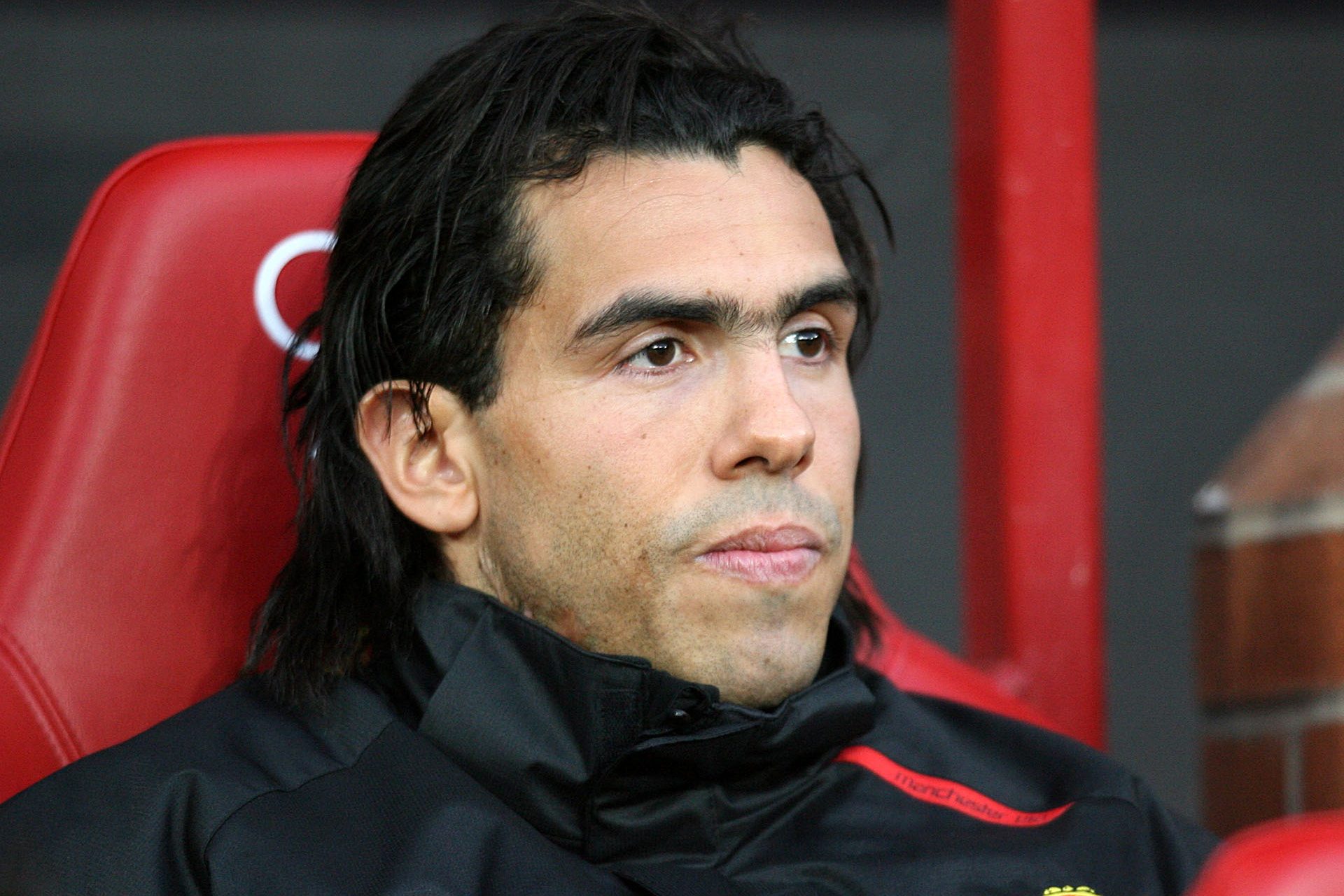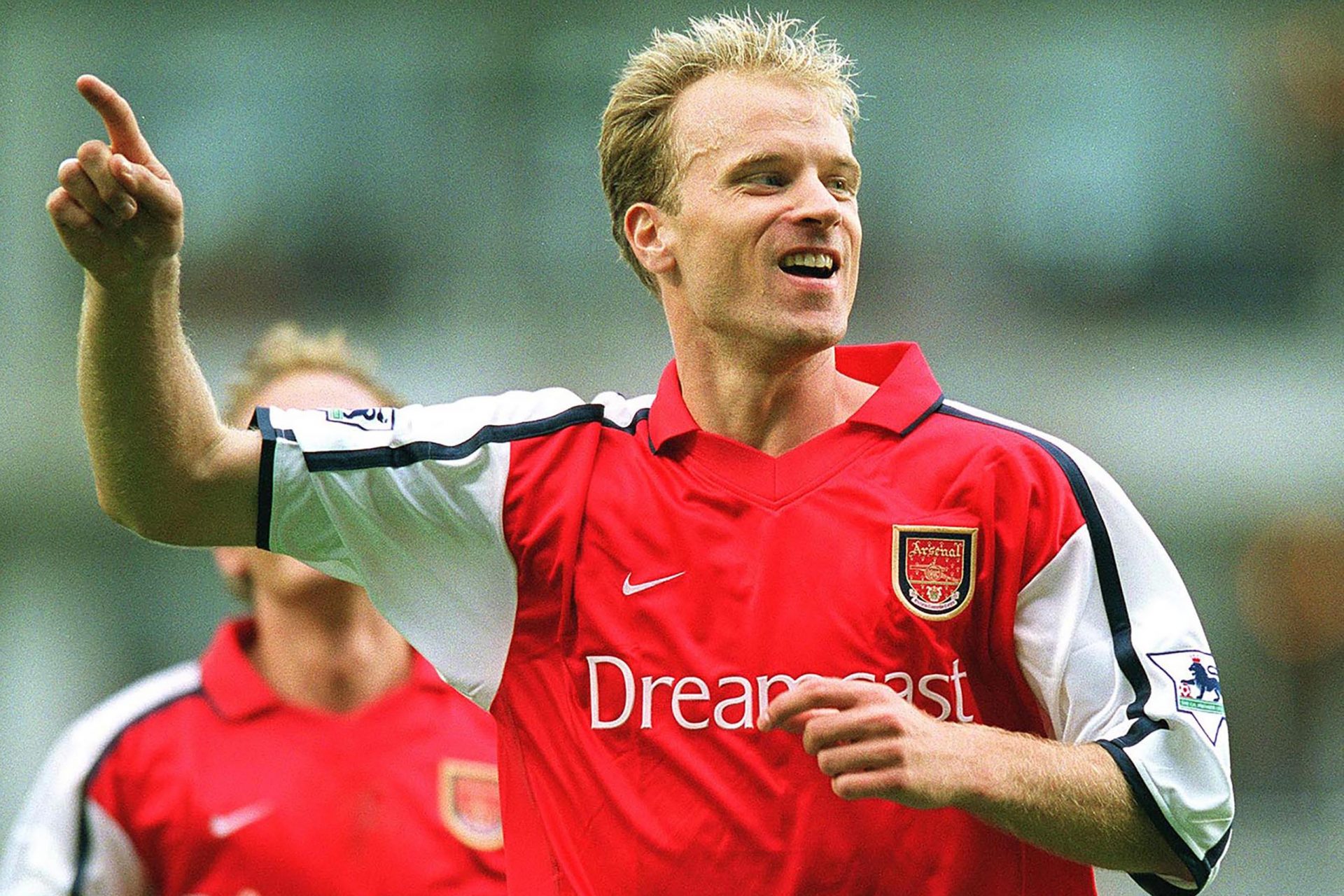Lost At Sea: The tragic story of Donald Crowhurst and the Golden Globe Race
The Sunday Times Golden Globe Race was a non-stop, single-handed circumnavigation race, held in 1968. This was the first ever round-the-world yacht race proposed to the greater public, which sparked a lot of interest amongst sailors worldwide. Arguably one of the most thrilling yet controversial yacht races that took place in the 20th century.
The British Sunday Times newspaper sponsored the event and designed the race to capitalize on the content produced by each voyage. There were no qualification requirements and all competitors were welcome to join the race any time between June 1st and October 31st.
The Golden Globe trophy would be offered to the first person to complete an unassisted, non-stop single-handed circumnavigation of the globe, and a $6,000 prize offered for the fastest time. The prize money would amount to the equivalent of $55,000 dollars today!
Long-distance single-handed sailing became popular during the 19th century, as numerous sailors would achieve notable crossings of the Atlantic. Joshua Slocum was the first to single-handed circumnavigate the globe during his 1895-1898 voyage. Many sailors have since followed in his footsteps for leisure, glory, or fame.
Nine sailors started the race; John Ridgway (UK), Chay Blyth (UK), Robin Knox-Johnston (UK), Loick Fougeron (FRA), Bernard Moitessier (FRA), Bill King (UK), Nigel Tetley (UK), Alex Carozzo (ITA), and Donald Crowhurst (UK). Only one sailor made the finish line.
The Sunday Times had their money on young sailor Robin Knox-Johnston and decided to sponsor his race. His determination alongside his experience out at sea made him an ideal candidate. Out of all the people rumored to be preparing for the voyage, Knox-Johnston was most likely going to be the winner.
Robin Knox-Johnston, a 28-year-old British merchant marine officer, realized a non-stop solo circumnavigation around the world was “about all there’s left to do now”. Knox-Johnston was born and raised in London where he joined the Merchant Navy in 1957-1968. He was an experienced sailor who was well-traveled for his age, but above all, he was determined to be the first to complete the race.
Knox-Johnston built a 32ft wooden ketch with his friends in India, naming it Suhaili. The two-masted sailboat could be compared to a sloop, designed to perform well upwind.
Two of his friends sailed the boat to South Africa, where Knox-Johnston would collect the ship and sail it single-handedly to London.
Bill King was another strong contender, as a former Royal Navy submarine commander, many thought he was going to cross the line first. He built a 42ft junk-rigged schooner and named it Galway Blazer. The ship was designed for heavy conditions and its rigging was designed to sustain strong winds.
John Ridgway and Chay Blyth, two British army officers who also joined the race, had proven worthy in their 20ft rowboat in 1966. The two crossed the Atlantic Ocean and made it back all in one piece.
Despite their rowing achievements, they were hampered by their lack of sailing experience. Adding to their issues, their 30ft vessels were designed for calmer waters and were not suitable for Southern Ocean conditions.
Bernard Moitessier was another recognized sailor within the community and was an experienced sailor in the Southern Ocean. His previous nautical expeditions had proven to be a success after his two books achieved international recognition. The French sailor had a custom-built 39ft steel ketch named Joshua for the race.
The most peculiar competitor in the race was Donald Crowhurst, a British businessman and amateur sailor who challenged himself by joining the race independently. Crowhurst was discharged from the Royal Air Force for unknown reasons, but would later start his own business named Electron Utilisation in 1962.
Born in 1932, in Ghaziabad, British India, he experienced many hardships during his childhood. His mother dressed him like a girl until the age of seven, as she longed for a daughter. The family was forced to move back to England after facing severe financial problems in India, following the Partition of India.
Crowhurst was a weekend sailor who enjoyed his ventures out at sea and was intrigued by electronics. He designed and built a radio direction finder called Navicator, a handheld device that allowed the user to take bearings on marine radio beacons. He mainly sold navigational equipment, but his business began to fail.
He decided to join the Sunday Times Golden Globe Race to revive his business. He aimed to build a fast ship that would accommodate a series of electronics to enhance the ship's voyage. Crowhurst designed and built a Trimaran for his voyage.
His main sponsor came from Stanley Best, who had invested heavily in his failing business. Crowhurst mortgaged his house and his business to continue his race preparation, placing him in a grave financial situation.
While most sailors began their race early in June, Crowhurst scrambled to set sail on the last day, the 31st of October. He encountered immediate problems with his boat, equipment, and his lack of open-ocean sailing skills caused him to make less than half of his planned speed.
According to Crowhurst's logs, he gave himself only 50/50 offs of surviving the voyage. The British businessman was sailing aimlessly around the South Atlantic for several months while the other boats sailed the Southern Ocean. He faced the choice of either financial ruin if he quit the race or committing to a race that might result in death.
While Crowhurst lingered around the Southern Atlantic, he would go on to write a 25,000-word manuscript in which he jots down thoughts and inner conversations with God around mathematics and logic. As the race continued, radio contact was less frequent, and Crowhurst entered a very negative mental state due to his isolation out at sea.
Bernard Moitessier dropped out of the race in March after facing strong storms in the Southern Ocean. The experienced French sailor was a strong contender for the race but was forced to sail back to Tahiti. Out of all nine sailors who started the race, only Knox-Johnston, Tetley, and Crowhurst were left.
Knox-Johnston and Tetley were almost past Cape Horn, and into the final stretch of the race. Crowhurst's false reports drew the media's attention which only piled up more pressure on the inexperienced sailor. When reading his logs, one can sense Crowhurt's pressure and how he was on the verge of a tipping point.
There would be no honorable finish for Crowhurst, as there would be no way of sneaking in 4th or 5th into the London docks. To make matters worse, the media claimed he was catching Tetley! This forced Tetley to push his boat until it broke down on the 30th of May, leaving Knox-Johnston and Crowhurst as the last two competitors.
Crowhurst reached his tipping point after eight months alone at sea. His writings depict a lonely tortured man, hinting at a serious mental breakdown.
Crowhurst ended radio transmissions on the 29th of June and his last log entry was July 1st stating: "It is finished, it is finished, it is the mercy." Teignmouth Electron was found adrift and unoccupied, on July 10th by a British Mail ship headed to the Caribbean. The boat now lies rotting in Cayman Barc after being refitted twice. Crowhurst, or his remains, have never been found and nobody knows exactly what happened to him.
Knox-Johnston was the only one to finish the Golden Globe race after 312 days out at sea. He spent five months passing the Southern Ocean, surviving a couple of series of scares onboard Suhaili. The British sailor was back to port by a large fleet of fans. He would go on to win the Golden Globe race alongside the $6,000 price, which he donated to the Crowhurst family.
Knox-Johnston would go on to complete the same journey three more times before being knighted in 1995. He would go on to become a 20th-century sailing icon, still sailing today.
More for you
Top Stories































